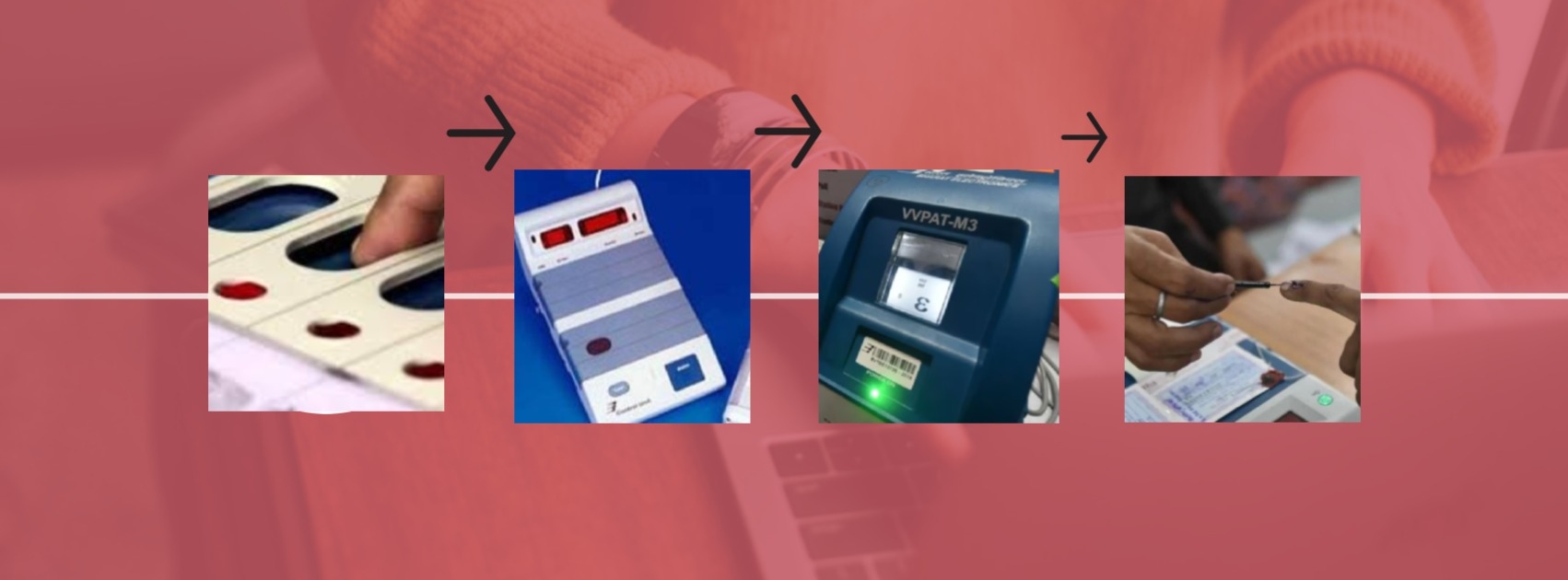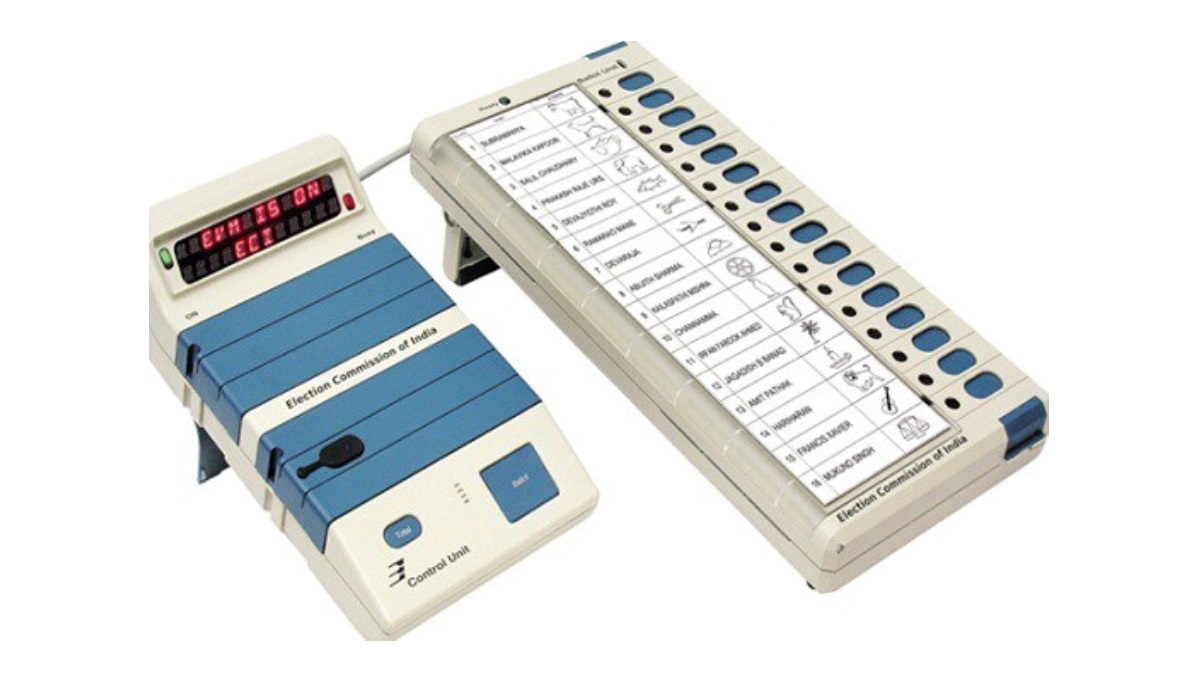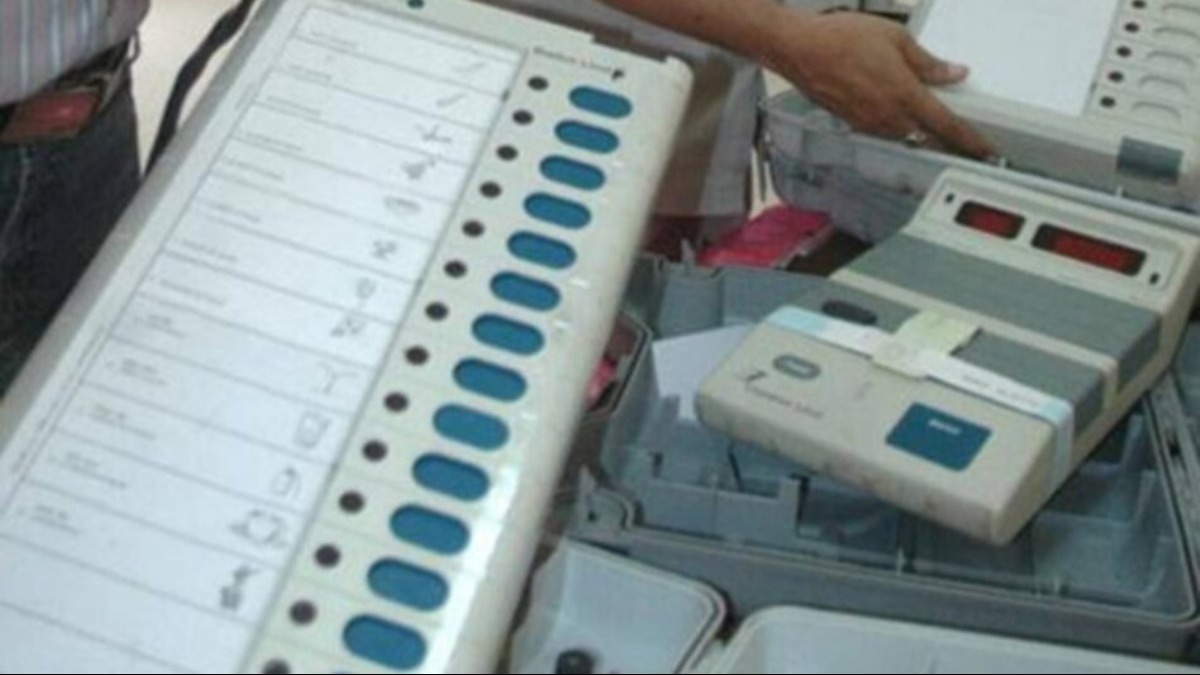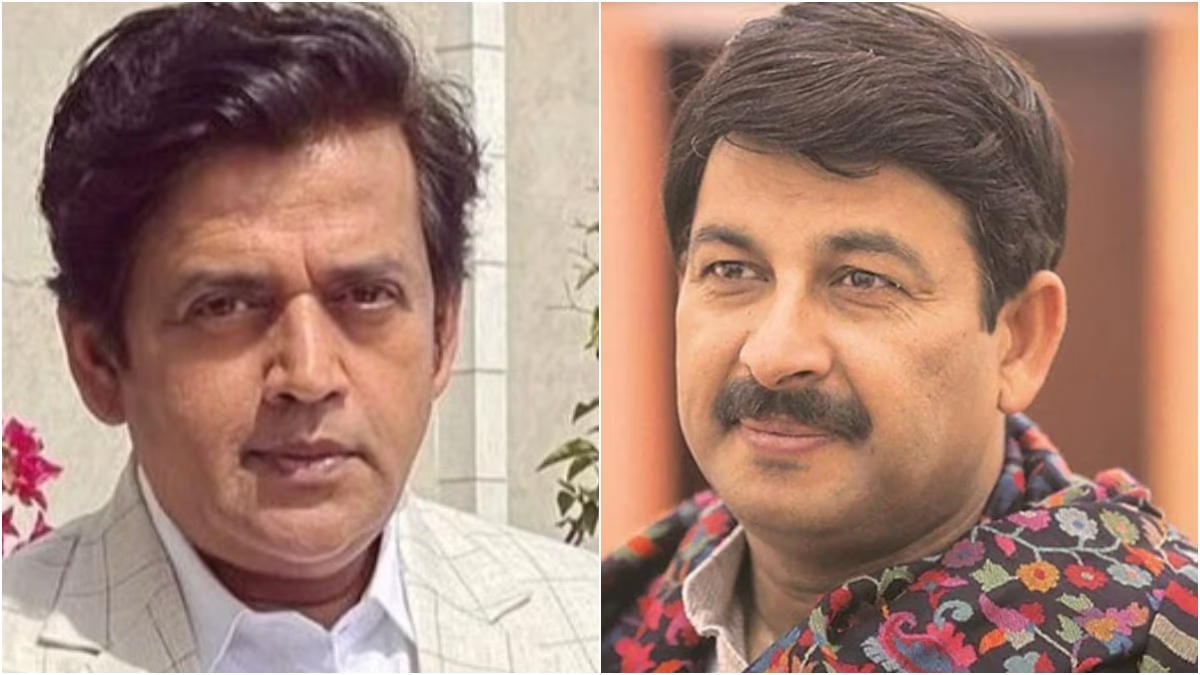The onset of the general elections today marks a pivotal moment for the country — the significance of the Electronic Voting Machines (EVMs) in this democratic process cannot be overstated. Despite being the target of political controversies, the efficacy of the EVMs in facilitating a new government is undeniable, also proving essential in various other elections.
The introduction of EVMs in the Lok Sabha and state assembly elections signified the replacement of ballot papers in India. Allegations against EVMs' integrity have been many, yet none have held up to scrutiny.
In response to these concerns, the Election Commission introduced the Voter Verified Paper Audit Trail (VVPAT) system. Although not yet fully implemented nationwide, the VVPAT pilot project began in 2014.

Source: aajtak
The initial EVM was designed in 1980 by M.B. Hanifa. Coined as an Electronically Operated Vote Counting Machine, its original design was showcased in government exhibitions across six cities in Tamil Nadu. First used in an election in 1982, in the by-polls of Paravur in Kerala, the EVMs have come a long way since their conception.

Source: aajtak
An EVM constitutes two units – the Control Unit and the Ballot Unit. The former is operated by the election officer, while the latter allows voters to cast their votes. Each Ballot Unit contains candidates' names alongside party symbols, with buttons for selection. After voting, the Control Unit separates from the Ballot Unit, securely storing the votes cast.
The rollout of EVMs encountered significant opposition. Despite this, EVM usage expanded gradually, becoming pivotal by the 2004 general elections when all parliamentary seats used EVMs.

Source: aajtak
An EVM houses a processor that can only be programmed once, meaning no software can be rewritten once the EVM has been configured. Still, the specifics of its chip usage remain undisclosed. Remarkably, an EVM doesn't require electricity and operates on a 7.5-volt alkaline battery, supplied by Bharat Electronics Limited and Electronics Corporation of India Limited.
The latest EVM versions store up to 2,000 votes, with the reliability to preserve data for a decade or more. The cost per unit has also evolved, with the current price being approximately ₹8,670. Two major companies collaborate to produce EVMs under the guidance of the Election Commission of India.
As we journey through the electoral process, the EVM stands firm as a testament to technical progress and electoral integrity – a beacon guiding Indian democracy into the future.




